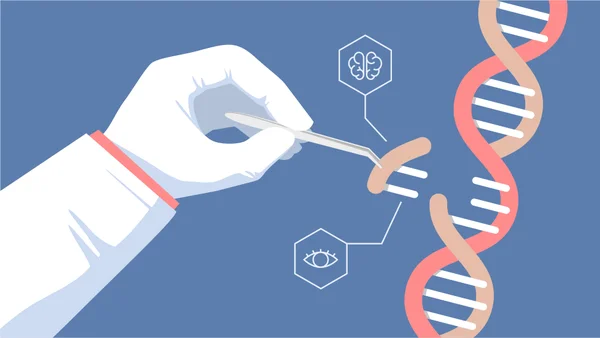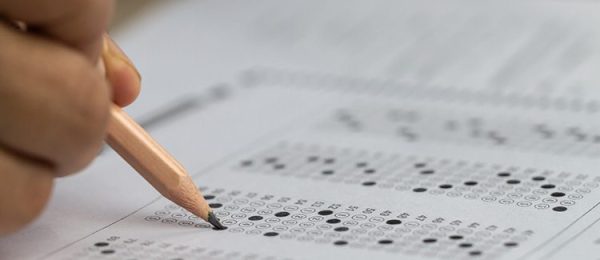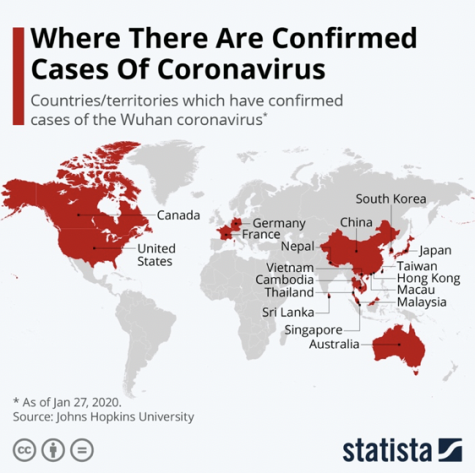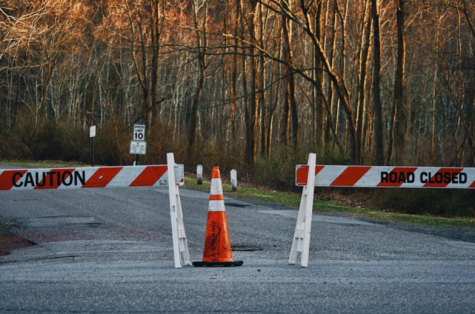Plastics in Your Water

Microplastics are becoming a global problem. Microplastics release toxins into our water which is also ingested by aquatic life. These poisonous particles could eventually end up harming people worldwide.
Plastics take more than a year before they start to degrade, as the molecular structure doesn’t change. Instead of how most polymers breakdown, artificial polymers like plastic break apart into smaller fragments very slowly over the course of several years. As plastic breaks down, it releases toxins, and plastics that are broken down into bodies of water will release these toxins into the fish people eat and the water people drink.
Eventually, microplastics will contaminate so much of the freshwater and seafood available, it will be impossible not to be partially digesting plastic every time you eat. As of right now, the majority of microplastics are difficult to detect, so it’s possible that people have already begun eating plastics unknowingly.
Microplastics come from primary and secondary sources. Primary sources release whole plastic particles into the water system rather than fragments. One commonly used primary source is the microbeads found in facewash. The majority of cosmetic companies have stopped using microplastics for microbeads after the harmful effects to the ecosystem were discovered, and have replaced them with more biodegradable substances. However, when microplastics are used in face wash, the beads go down the drain and are hard to later filter out of the water system.
Secondary, plastics are fragments that are broken off of a larger plastic object. Media blasting, ship parts, and car washes are in part to blame; but synthetic fibers used to make clothes and rope are also the main contributors to secondary microplastics. When loose threads from clothes are discarded from jeans, jackets, shoes, and shirts made of synthetic fibers, they are likely to end up in a runoff, eventually entering the water system.
Standard plastic pollution like plastic bottles and bags that find their way into the ocean also break down into secondary microplastics. The amount of plastic in the Northern Pacific Gyre alone has increased almost 100 fold in the past forty years and continues to grow. Besides manual removal, there is no efficient way to remove large quantities of plastic from the water system yet, so the best way to prevent microplastic contamination, as of now, is to simply stop the problem from growing bigger.
The way that students at John Jay can help reduce microplastics in the water is by properly checking labels and tags. Also, to only use products that don’t posses microplastics. By taking a car to a car wash, where water is better filtered before re-entering the water system and properly disposed, they can avoid microplastics. And of course, recycling any plastic that is no longer needed. By making small changes like this, students are helping the water quality for themselves and future generations.








